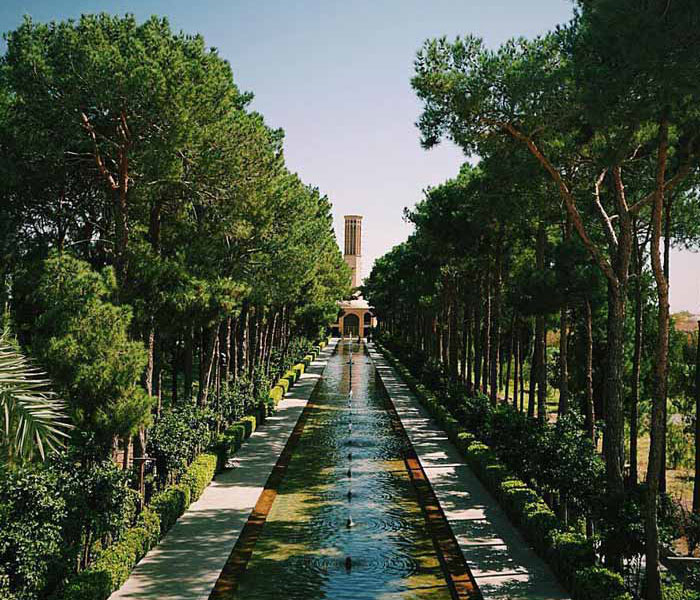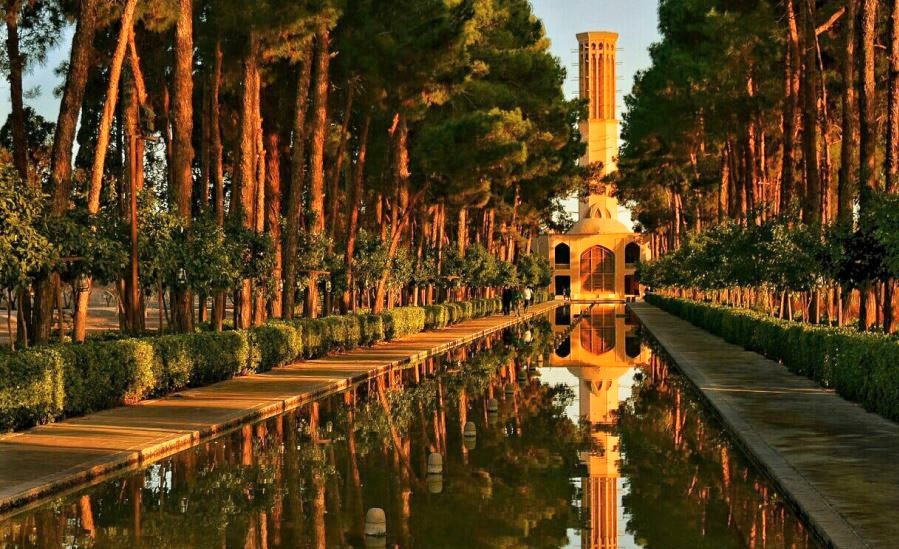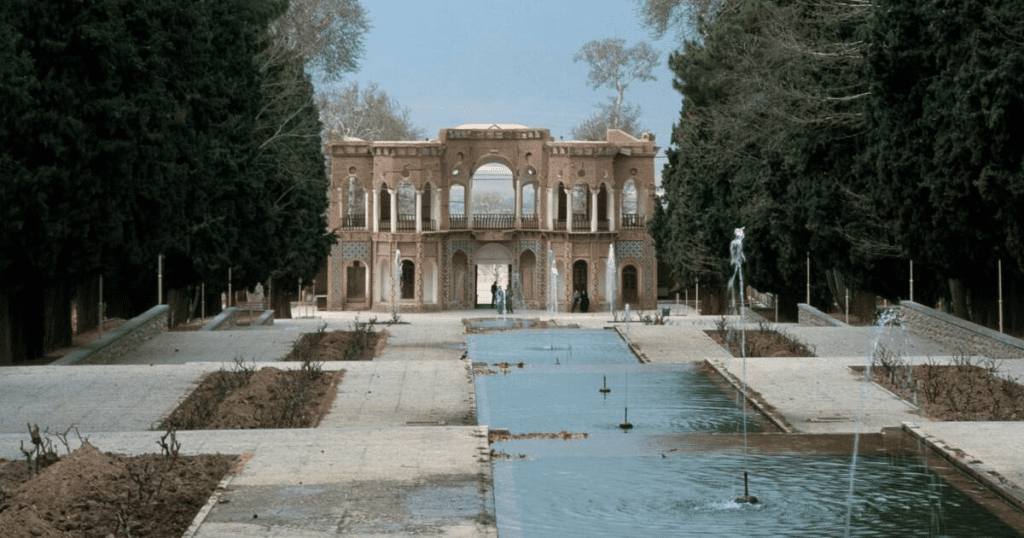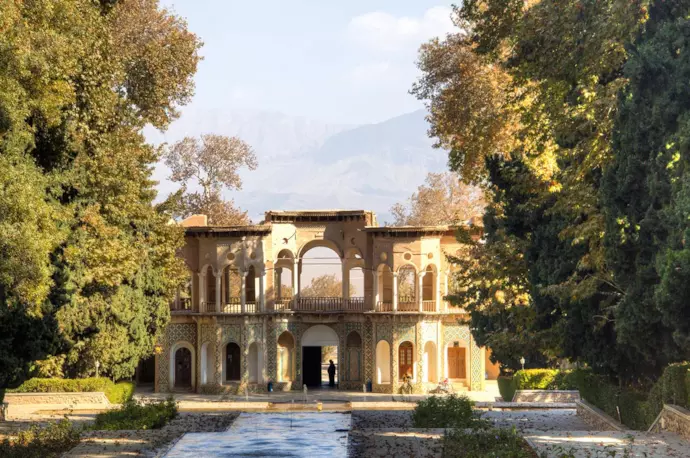Long before the hanging gardens of Babylon captured the world’s imagination or Islamic architecture drew inspiration from flowing fountains and flowering courtyards, a remarkable man had already laid the foundation for what we now consider paradise on Earth. That man was Cyrus the Great, founder of the Achaemenid Empire, and his creation the Persian garden at Pasargadae still echoes across centuries of art, architecture, and spirituality.
Built in the 6th century BCE, the garden at Pasargadae wasn’t just a royal retreat. It was a statement. A vision of harmony between humans and nature, earth and heaven, order and beauty. In an age of conquest and empire, Cyrus used geometry, symmetry, and water to create something timeless: a living metaphor for peace, balance, and divine order.

Pasargadae: Capital of a Visionary Empire
Pasargadae, located in what is now modern-day Iran, was the first capital of the Achaemenid Empire. It was designed under the direction of Cyrus the Great himself, not only as a political center but also as a spiritual and cultural symbol of a new era. Among its palaces and ceremonial buildings was something revolutionary for its time a meticulously designed royal garden.

This garden, unlike any seen before in the ancient world, was not just for aesthetic pleasure. It was designed with mathematical precision. Paths, water channels, and garden beds formed perfect quadrants, each side mirroring the other. The design was not random it was cosmic.
Video:
Pasargadae: The Oldest Persian Garden In The World
Geometry and Divine Order
Cyrus’s garden was the earliest known example of the Chahar Bagh layout literally translated as “four gardens” in Persian. This symmetrical design divided the garden into four equal parts with intersecting water channels, representing the rivers of paradise described in ancient Persian and later Islamic texts.
This was not simply about beauty. The structure of the garden was a symbol of divine order on Earth. In the eyes of ancient Persians, nature was a reflection of the heavens. When shaped properly through human intellect and harmony, it became an image of the sacred.
The symmetry of Pasargadae’s garden mirrored Cyrus’s vision of leadership balanced, inclusive, and purposeful. His empire embraced diversity, honored local traditions, and introduced a new political model based on respect and law rather than fear. Just like his empire, the garden represented unity in diversity.

The Role of Water: More Than Just Irrigation
In an arid region like Persia, water was more than a necessity it was life itself. In Pasargadae, water wasn’t just functional; it was the centerpiece of design. Canals were carved to bring fresh water into the heart of the garden, flowing gently along channels lined with stone. Fountains were used to break the stillness, creating soothing sound and motion that enhanced the serenity of the space.
Water in Persian culture represented purity, transformation, and rebirth. By placing water at the center of the garden’s design, Cyrus was making a statement: that life, under just rule, could flourish even in the harshest environments.
Video:
The Secrets behind the Gardens in Iran | A Glimpse of Paradise EP 1 | Luxury Living
A Lasting Legacy: From Persia to Paradise
Cyrus’s garden was the first of its kind, but it wouldn’t be the last. The Chahar Bagh layout became the standard for Persian gardens for centuries and deeply influenced Islamic architecture, Mughal landscaping (such as the famous gardens of the Taj Mahal), and even European garden designs during the Renaissance.
But the impact wasn’t just architectural. The concept of a well-ordered garden with flowing water became a visual metaphor for paradise in both Islamic and Christian traditions. It shaped poetry, sacred art, and the very way humans conceptualize heaven as a garden, peaceful and perfect, ordered yet alive.

Conclusion: A Garden That Changed the World
Cyrus the Great didn’t just found one of the largest empires the world had ever seen he also planted the seeds of a design that would define what paradise looks like for generations to come. The Persian garden at Pasargadae wasn’t just a physical space. It was an idea, a vision, a philosophy.
Through geometry, symmetry, and water, Cyrus expressed a belief that humanity and nature could exist in balance, that rule could be wise and harmonious, and that beauty could reflect the divine.
More than 2,500 years later, that idea still blooms not only in Persian gardens but in every culture that dreams of paradise.


